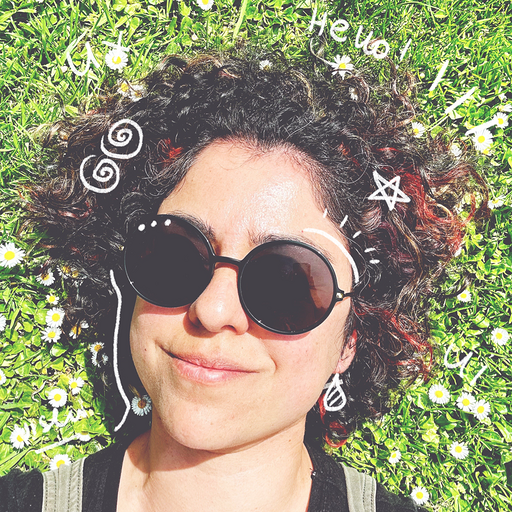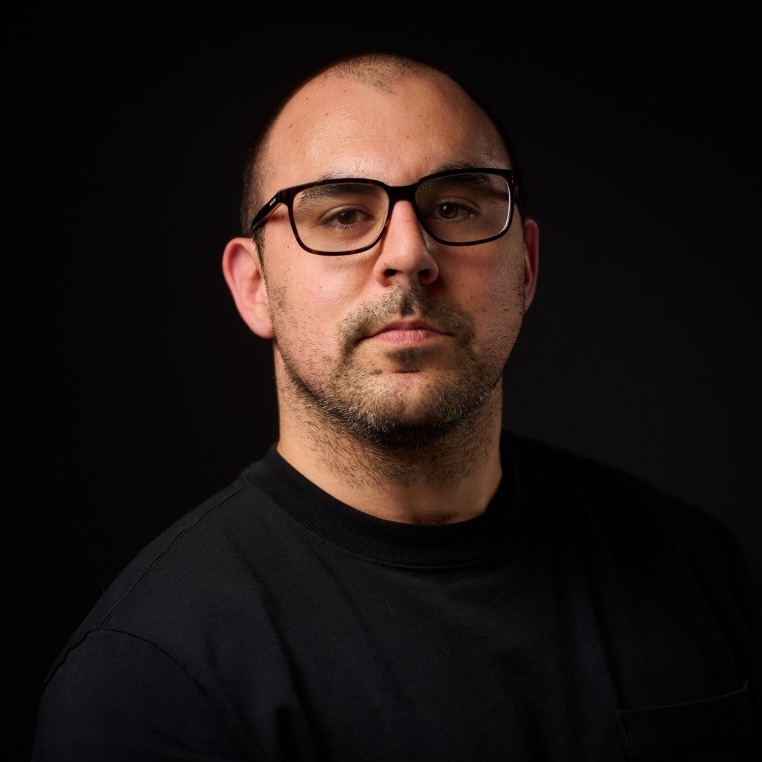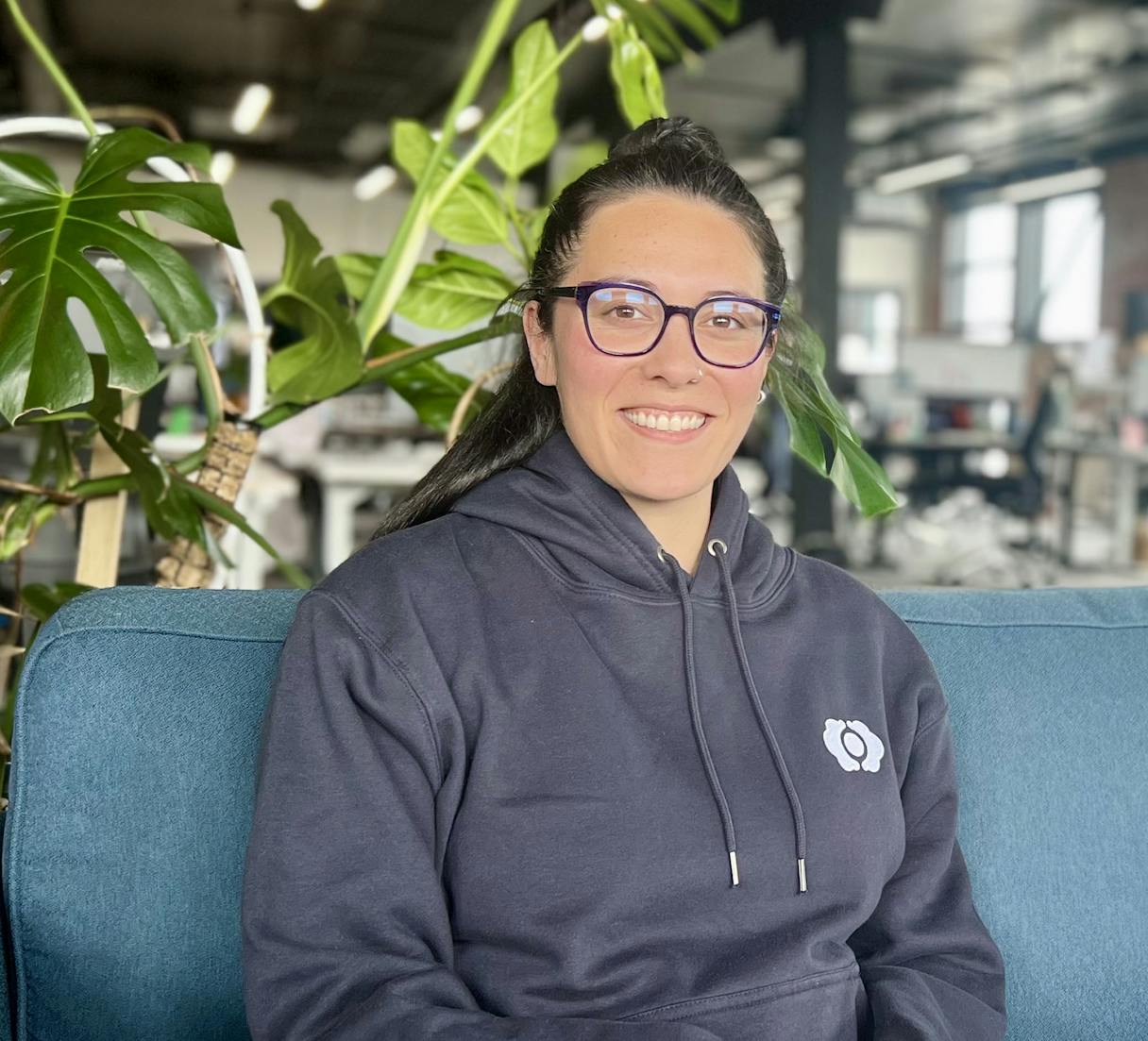
Collaborative design in action: lessons from TwitchCon

Vic Roberts
UX / UI Designer
CloudCannon
When Twitch first reached out to CloudCannon’s web solutions team about their TwitchCon website, they had a pretty straightforward ask: create basic UX wireframes to help guide the development process. Given the size and scale of TwitchCon — it’s seen by millions of people globally, including almost every Twitch viewer, and acting as a culmination of every Twitch event throughout the year, this was a really important task! What ended up happening was quite different to our initial plan, and the project evolved into a UX engagement that helped reshape how we thought about the site’s entire user experience.
Here's how we approached the challenge and navigated the complexities that emerged along the way.
Uncovering the real problem
Initially, we’d thought of this as a wireframing project, but as we dug deeper, we realized we had an opportunity to tackle a more fundamental communication challenge: removing friction for both the Twitch team and the wider Twitch community. The primary goal was to showcase to both new and returning visitors what they'd actually experience at TwitchCon, beyond knowing that their favorite streamers would be there. That sounds simple enough, but it turned out to be more nuanced than expected.

My goal was to help the TwitchCon team drive ticket sales for the full weekend experience while empowering them to manage and update their site effortlessly. My design process went beyond static wireframes, focusing on a flexible and accessible system that would benefit both the attendees and the content editors.
The more I explored the project, the more I realized we had interesting tensions to navigate. The team wanted to provide full weekend passes as well as single-day tickets, which meant we needed to provide enough event detail to justify a multi-day commitment while keeping the experience accessible for newcomers.
I also wanted to help position TwitchCon as “more than just a convention” while making it welcoming to people who might be attending their first digital entertainment expo. Finding that balance became a key part of the design challenge.
Working within project realities
One key UX challenge was to highlight the value of a full weekend pass without having a finalized schedule to reference. I addressed this by creating a visually prominent hero component for the full weekend pass and placing it above the fold. To further appeal to site visitors, I added a quick, informative animation to the ticket button in the navigation, providing a snapshot of the perks included with the full pass, like special parties and exclusive content. These small details were designed to reduce user uncertainty and help drive conversions.

I designed a user flow that moved from hero introduction → experience explanation → regional details → ticket purchase. The idea was to ensure visitors understood the value proposition before we asked them to make purchase decisions, building confidence and excitement along the way.
I focused heavily on creating reusable components — hero sections, experience blocks, regional content areas, and schedule systems. This component thinking aligned well with CloudCannon’s CMS architecture, and it created opportunities to balance design flexibility with editorial simplicity. The goal was components that could handle diverse content types while maintaining visual consistency.
A key part of this process involved clearly communicating CloudCannon’s flexibility to stakeholders. Since the content I was creating was purely demonstrative, I emphasized how these components were designed to accommodate A/B tests, evolving marketing priorities, and the inevitable changes as the event approached — like new streamers being added or schedule updates. This required thoughtful planning not just for the technical architecture, but also for ensuring everyone understood CloudCannon’s capacity and how it would support their changing needs throughout the campaign.
Accessible design
Beyond helping drive ticket sales, a core principle of my design was accessibility. I focused on making the website welcoming and inclusive for all attendees. This included ensuring that all on-screen content, particularly the main headings, was provided as HTML text rather than being embedded in videos. This ensures that screen readers can easily access important information, making the site fully accessible to users with visual impairments — and has the added benefit of boosting the site’s SEO.

To ensure the site was easy for attendees to navigate during the event, I also designed a comprehensive and mobile-friendly schedule. This included adding filters for day, time, and specific rooms, as well as a search function to help attendees quickly find the events and streamers they wanted to see. The design aimed to reduce friction and make the on-site experience as smooth as possible, allowing attendees to focus on enjoying TwitchCon.
Vic's approach of using low-fidelity wireframes kept us focused on the user experience rather than getting caught up in visual details too early.
What impressed me most was how Vic navigated our complex stakeholder group of 10-12 people. She managed to synthesize all our different perspectives and priorities into something cohesive, which frankly, I wasn’t sure was possible.

Cayvon Morady
Senior Technical Program Manager
Twitch
Collaborating with diverse perspectives
Working with a large group of stakeholders was one of the more interesting aspects of this project, particularly while still focusing on the sheer size and scale of TwitchCon itself. Multiple perspectives definitely enriched the design process, though, and it became part of the creative challenge.

Large stakeholder groups bring valuable insights because everyone has different perspectives and priorities. The key is finding common ground in the user experience while honoring the stakeholders’ goals. It's a collaborative process that requires active listening and clear communication.
I delivered low-fidelity grayscale wireframes that focused on layout and functionality, which helped keep our discussions centered on user experience and information architecture. This approach created a strong foundation for Twitch’s development team and encouraged collaboration throughout the implementation process.
The opportunities in systems thinking
What made this project particularly interesting was the opportunity to think systematically about the entire user experience. Rather than just designing individual pages, I could consider how users move through their decision-making process and how content would be managed over time.
The project ended up addressing several key areas: reducing cognitive load for potential attendees while providing the detail they needed for decision-making; creating a content structure that could scale across different cities and years; establishing reusable components that simplified content management while ensuring flexibility for varied content types; and positioning TwitchCon as an inclusive community event that welcomes everyone.
This systematic approach created opportunities to think beyond immediate needs and consider longer-term user experience goals.
When scope naturally evolves
This project reminded me that wireframes can grow into broader strategic conversations. The TwitchCon work demonstrates how UX projects can evolve when teams recognize opportunities for greater impact.
Sometimes what starts as a wireframing request becomes a starting point for exploring user experience, content strategy, and business goals more deeply. The key is recognizing when scope expansion serves everyone's objectives and creates better outcomes for users.
Looking back, I think the project really succeeded because we approached the scope evolution thoughtfully and collaboratively. The Twitch team was open to exploring broader possibilities, which made it possible to create something more substantial than the original brief might have suggested.

Ultimately, my work on the TwitchCon website was about building a system, not just a set of pages. By leveraging CloudCannon’s flexibility, I created a series of versatile components that allow editors to quickly update and rearrange content without needing a developer. This was particularly useful for the Travel and Hotels page, where editors could instantly feature new information, like travel discounts, as it became available.
Having an agile approach like this empowers the client and ensures the website remains a dynamic and useful tool for attendees right up to the day of the event.
Want to find out more?
Discover how CloudCannon can help you design, build, and edit your sites more efficiently.
Marlia Morris
Enterprise Success Manager
